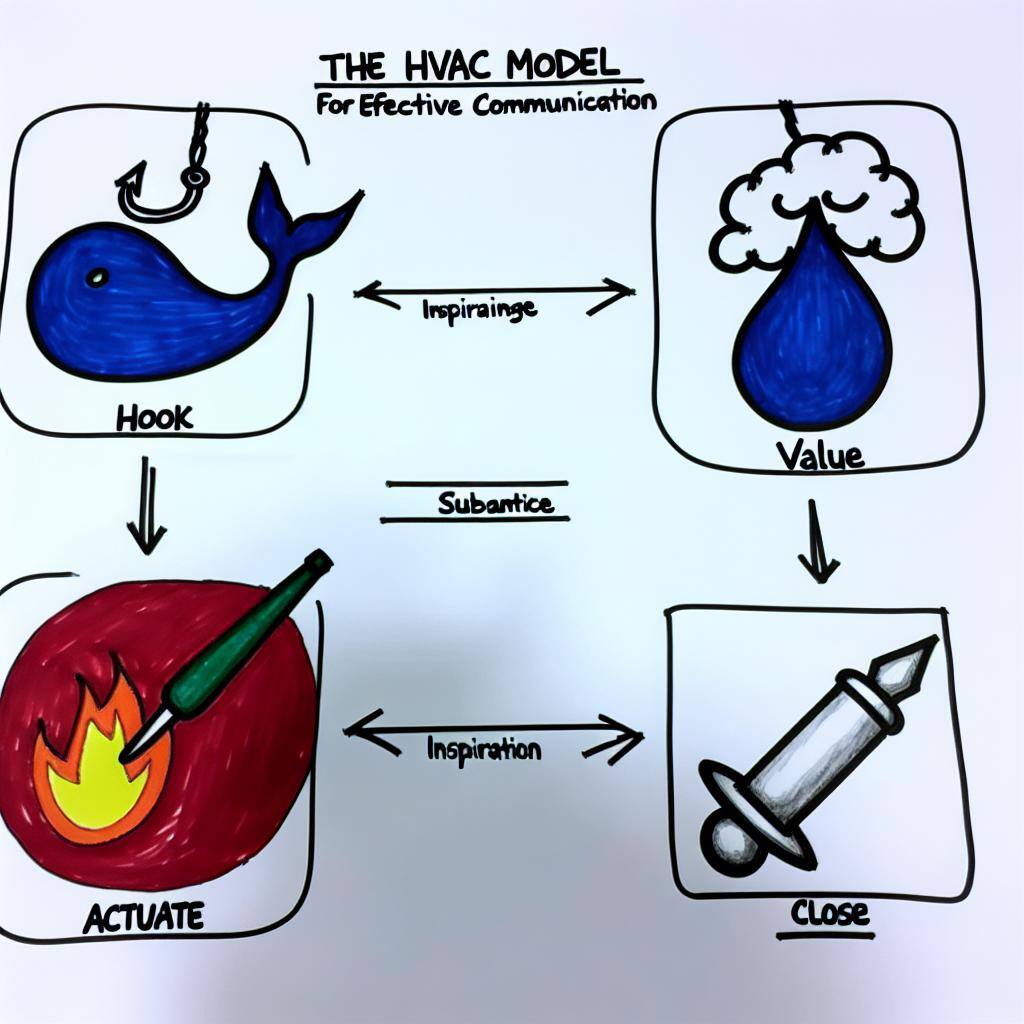

From ancient battlefields to the digital arena of cyber warfare, the military domain reveals timeless strategic truths. Real-world successes and failures have refined doctrines, crystalizing key principles. By considering this hard-earned wisdom, the STRIVE methodology inherits strategic planning precepts proven by history and battle.
Consider how foundational military strategy tenets are encoded into STRIVE’s DNA:
Whether Sun Tzu’s emphasis on “knowing the enemy and knowing yourself” or modern intelligence gathering, military strategy begins with reconnaissance – developing situational awareness.
Likewise, STRIVE’s Situation analysis provides that baseline awareness of internal and external realities. Tools like SWOT assessments, competitive scans, and capability audits enable strategic clarity before deploying resources. Just as military operations rely on intelligence, effective strategy demands situational acuity.
The shifting sands of geopolitics continually alter the strategic landscape. Anticipating these changes is enabled by early warning systems that detect signals and trends. Horizon scanning, technology forecasting and opportunity monitoring act as predictive radars.
In business strategy, early detection of economic, technological and social shifts can enable agility. STRIVE’s trend analysis fulfills this role, from tools like Iron Front’s Focused PESTLE analysis to lead user research. Trend mapping allows organizations to anticipate and prepare, rather than just respond.
Before battle plans are activated, military strategists stress test options using wargames – simulations to assess performance under challenging scenarios. This allows strategies to be refined before real-world deployment.
Similarly, STRIVE leverages tools like scenario planning to envision multiple futures and pressure test strategic resilience. Thus enhancing the decision making process.
In combat, conditions change rapidly, demanding real-time coordination between mission control and soldiers. Likewise, channels for continuous feedback enable accelerated decision cycles.
STRIVE’s engagement phase institutionalizes this agility by creating feedback loops across customers, partners, and employees. Regular pulse checks and retrospective reviews enable live strategy adaptation, increasing responsiveness to market forces.
In summary, STRIVE’s lineage traces back to time-honored military strategy tenets: assess the situation, anticipate changes, stress test plans, and enable continuous action-oriented adaptation. In a world where business landscapes shift as rapidly as battlefields, these principles are more relevant than ever. For organizations to thrive amidst uncertainty, strategy must meld analytical planning with executional agility and resilience. By interweaving historically refined military strategy concepts, the STRIVE methodology provides a battle-ready framework for owning the future.



